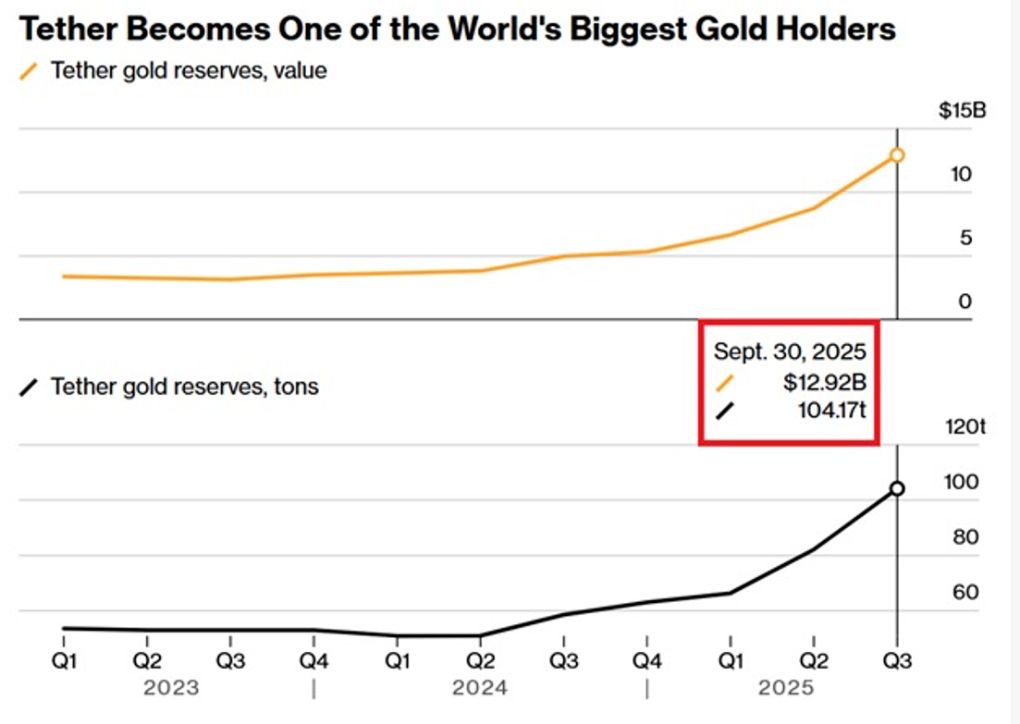Stablecoin Integrity and Systemic Risk Mitigation: The Role of Institutional-Grade Verification Systems in Restoring Trust
- Stablecoin market growth doubled in 18 months but faces systemic risks after the 2022 TerraUSD collapse erased $200B in 24 hours. - The 2025 U.S. GENIUS Act mandates 1:1 reserve requirements for stablecoins, verified monthly by auditors, to prevent opaque practices and enforce AML compliance. - By classifying stablecoins as financial instruments and prioritizing holder claims during insolvency, the Act reduces systemic risks while enabling institutional adoption. - Global implications include faster cros
The stablecoin market’s explosive growth—doubling in circulation over 18 months to facilitate $30 billion in daily transactions—has positioned it as a transformative force in global payments [1]. Yet, this growth has been shadowed by systemic risks, epitomized by the 2022 collapse of TerraUSD (UST), which erased $200 billion in value within 24 hours [2]. Such events underscore the fragility of algorithmic stablecoins and the urgent need for institutional-grade verification systems to restore trust in digital assets.
The Fragility of Algorithmic Stablecoins
Algorithmic stablecoins, which rely on complex algorithms rather than full collateralization, have proven particularly vulnerable to liquidity crises. The UST collapse revealed how speculative demand and market psychology can destabilize even seemingly robust models [2]. In contrast, asset-backed stablecoins—pegged to fiat currencies or short-term Treasuries—offer greater transparency but remain exposed to risks like reserve mismanagement or operational fraud [4]. Without rigorous verification mechanisms, these vulnerabilities persist, deterring institutional adoption and eroding public confidence.
Institutional-Grade Verification: A New Paradigm
The U.S. GENIUS Act of 2025, signed into law on July 18, 2025, represents a pivotal step toward institutional-grade verification. The Act mandates a 1:1 reserve requirement for payment stablecoins, ensuring they are backed by safe assets like U.S. dollars or short-term Treasuries [1]. Crucially, it requires monthly reserve reports verified by registered public accounting firms, a measure designed to prevent opaque practices that contributed to past crises [3]. These requirements align with the EU’s Markets in Crypto-Assets (MiCA) regulation, which also emphasizes reserve transparency but lacks comparable consumer protections [2].
The Act further strengthens trust by classifying stablecoins as financial instruments under the Bank Secrecy Act, subjecting them to anti-money laundering (AML) compliance [1]. This institutional oversight addresses a critical gap: prior to 2025, stablecoin issuers operated in a regulatory gray zone, often evading AML scrutiny [4]. By treating stablecoins as payment instruments rather than securities or commodities, the GENIUS Act streamlines oversight while fostering innovation [5].
Systemic Risk Mitigation and Investor Confidence
Institutional-grade verification systems mitigate systemic risks by creating a feedback loop of accountability. For instance, the GENIUS Act’s requirement that stablecoin holders have priority claims on reserves during insolvency—placing them ahead of other creditors—reduces the likelihood of cascading failures [4]. This contrasts sharply with the UST collapse, where unsecured liabilities and algorithmic pegs exacerbated losses [2].
Moreover, the Act’s three-tiered issuance framework—federal, state, and foreign—ensures that only entities meeting stringent standards can participate. For example, nonbank issuers must secure approval from the Office of the Comptroller of the Currency (OCC), while state-qualified issuers are capped at $10 billion in outstanding stablecoins [3]. These thresholds prevent systemic overexposure and encourage responsible scaling.
Implications for Investors and the Global Financial System
For investors, the GENIUS Act’s framework reduces counterparty risk by institutionalizing stablecoin integrity. The Act’s emphasis on reserve verification and AML compliance aligns with the risk management practices of traditional finance, making stablecoins more palatable to institutional capital [5]. However, challenges remain: transaction fees, wallet incompatibility, and fraud risks still hinder mass adoption [4].
Globally, the Act’s impact could reshape cross-border payments. By offering faster, cheaper transactions than traditional systems, stablecoins could challenge the dollar’s dominance in international trade—provided they maintain regulatory credibility [3]. Yet, fragmented regulations, such as the EU’s MiCA versus the U.S. approach, risk creating arbitrage opportunities and uneven risk environments [2].
Conclusion
The path to stablecoin integrity lies in institutional-grade verification systems that marry transparency with accountability. The GENIUS Act’s reserve requirements, audit mandates, and AML compliance represent a blueprint for mitigating systemic risks while fostering innovation. For investors, this framework offers a renewed foundation of trust—a critical prerequisite for digital assets to achieve their transformative potential in global finance.
Source:
[1] The GENIUS Act of 2025 Stablecoin Legislation Adopted in
[2] Stablecoin Systemic Risks and Regulatory Gaps
[3] The GENIUS Act: A Framework for U.S. Stablecoin Issuance
[4] Stablecoin Regulation Takes Effect Under Newly Enacted
[5] How will the GENIUS Act work in the US and impact
Disclaimer: The content of this article solely reflects the author's opinion and does not represent the platform in any capacity. This article is not intended to serve as a reference for making investment decisions.
You may also like
Coinpedia Digest: This Week’s Crypto News Highlights | 29th November, 2025
QNT Price Breaks Falling Wedge: Can the Bullish Structure Push Toward $150?

Digital dollar hoards gold, Tether's vault is astonishing!

The Crypto Bloodbath Stalls: Is a Bottom In?
